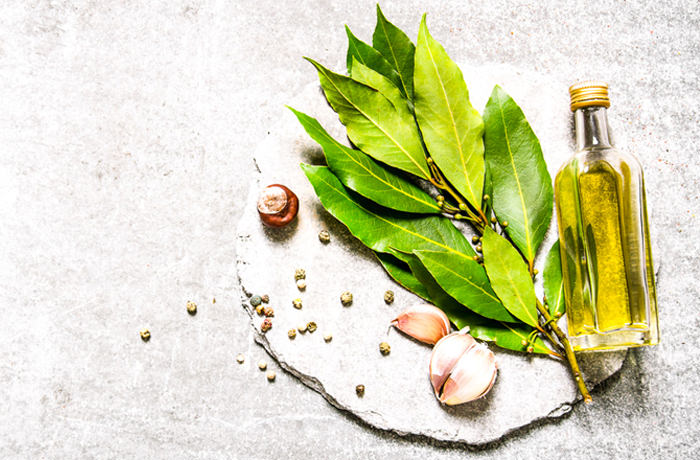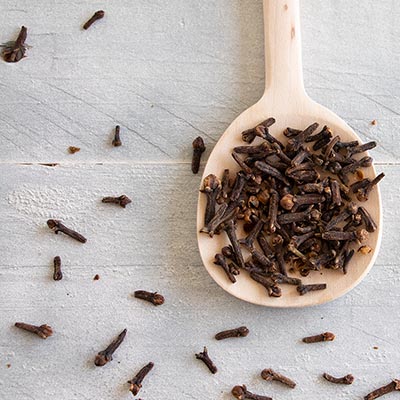The laurel tree from Asia Minor and came from there to the Mediterranean countries. It has been known there since ancient times. According to an ancient Greek legend, the god Apollo fell immortal in love with the nymph Daphne. This could only escape his advances by the gods turning her into a laurel tree. From that day on, the god Apollo wore a laurel wreath on his head. In ancient Rome, wearing a laurel wreath was reserved for Caesars and victorious generals.
Today laurel is a popular kitchen spice in particular. The main cultivation areas are in Italy, Yugoslavia, Greece and Turkey. However, there are also laurel gardens in Albania, Morocco, Spain, the Canary Islands and the southern USA.
The evergreen, lushly leafy laurel tree grows wild about 10 to 15 meters high. In cultures, it is cut back comfortably in bush form. The leaves are 8-10 cm long and 3-5 cm wide. The central rib of the leaf protrudes strongly from the underside.
The leaves stay on the tree for several years before they fall off and are replaced by new ones.
In the laurel gardens, however, the leaves are picked by hand, which are very bitter and strongly aromatic. The leaves are then carefully dried in the shade.
This is the only way to preserve their green color; if not dried properly, the leaves turn brown. Correct drying also causes the bitter substances to evaporate and the spicy aroma typical of bay leaves to come to the fore. The leaves are sold whole, cut or ground.
Flavour of Laurel Leaves
Laurel leaves contain many essential oils and tannins, taste slightly tart, and have a full-bodied aroma.
Usableness of Laurel Leaves
It is hard to imagine the kitchen without dried bay leaves. Laurel goes well with broths, stews and soups, but also especially with meat and fish dishes. Of course, they are an essential part of the classic "bouquet garni". Laurel gives cabbage and legumes a special aroma, as do antipasti and meat marinades.
Laurel leaves should be cooked in court for at least 15-20 minutes. Thus they unfold their full spice aroma.




















